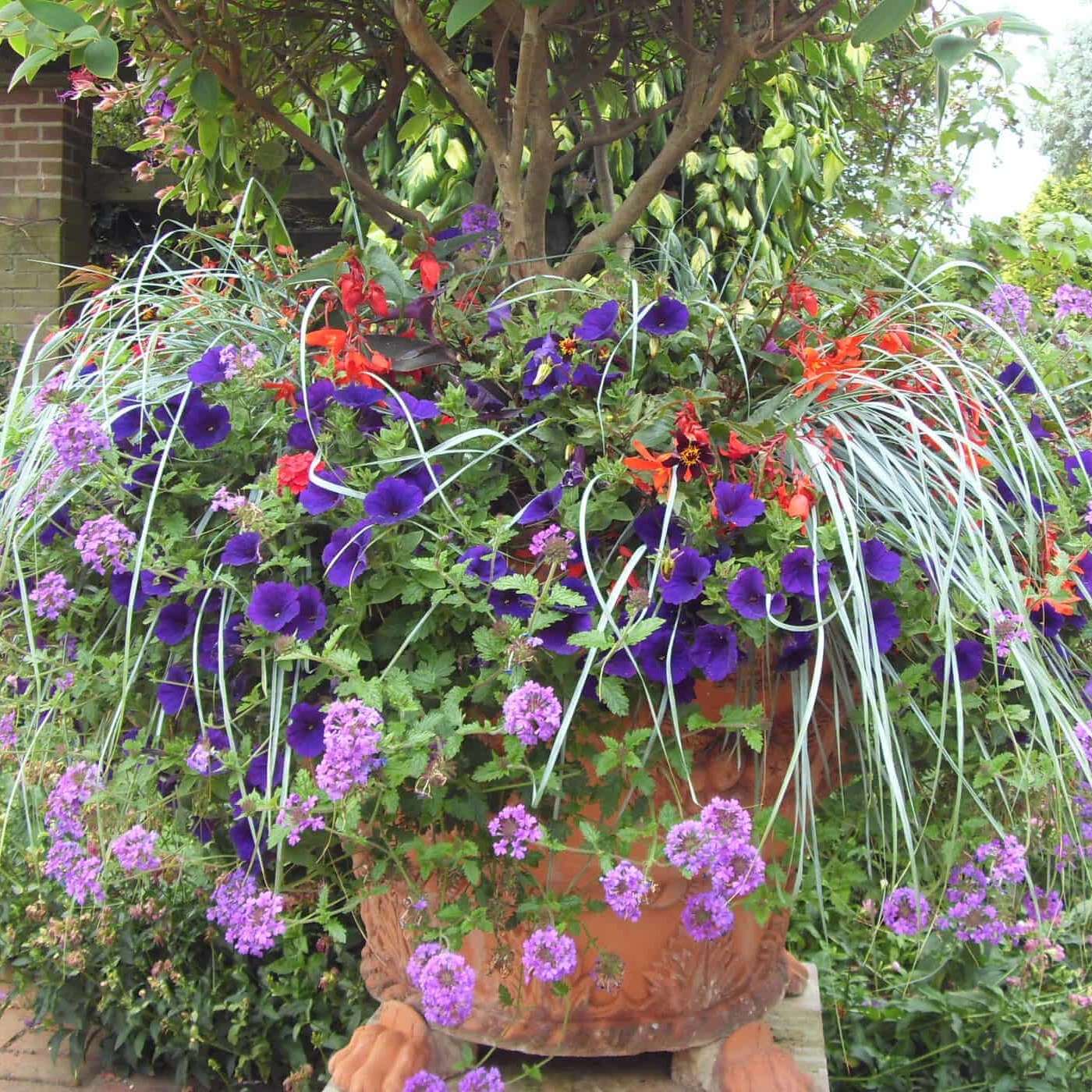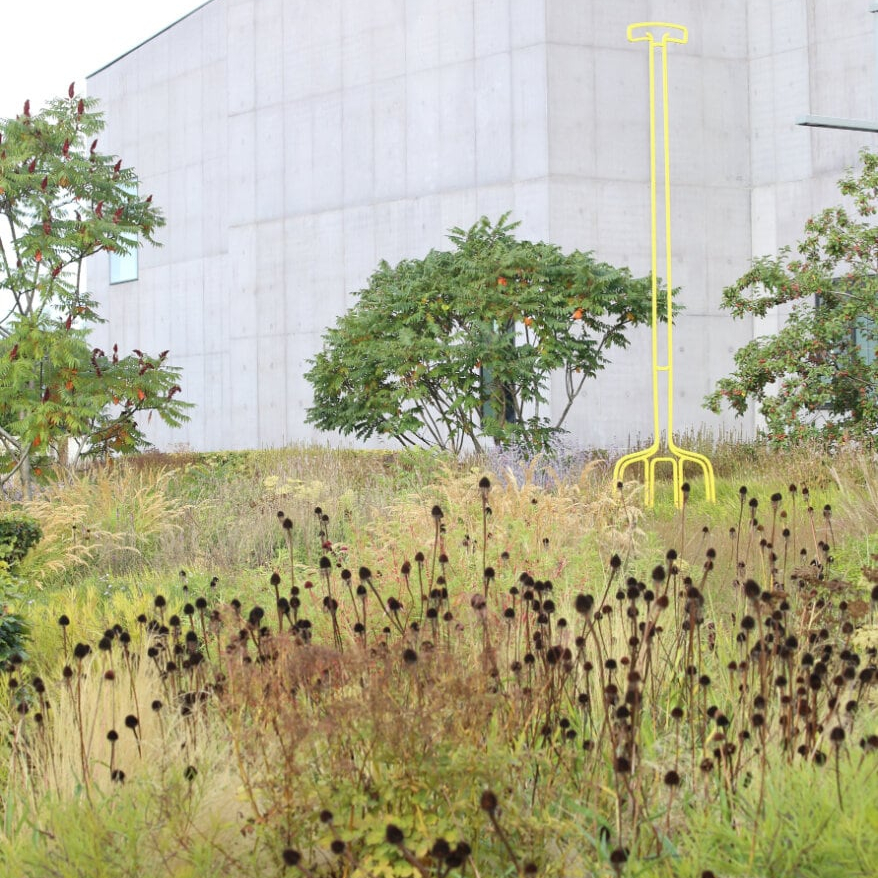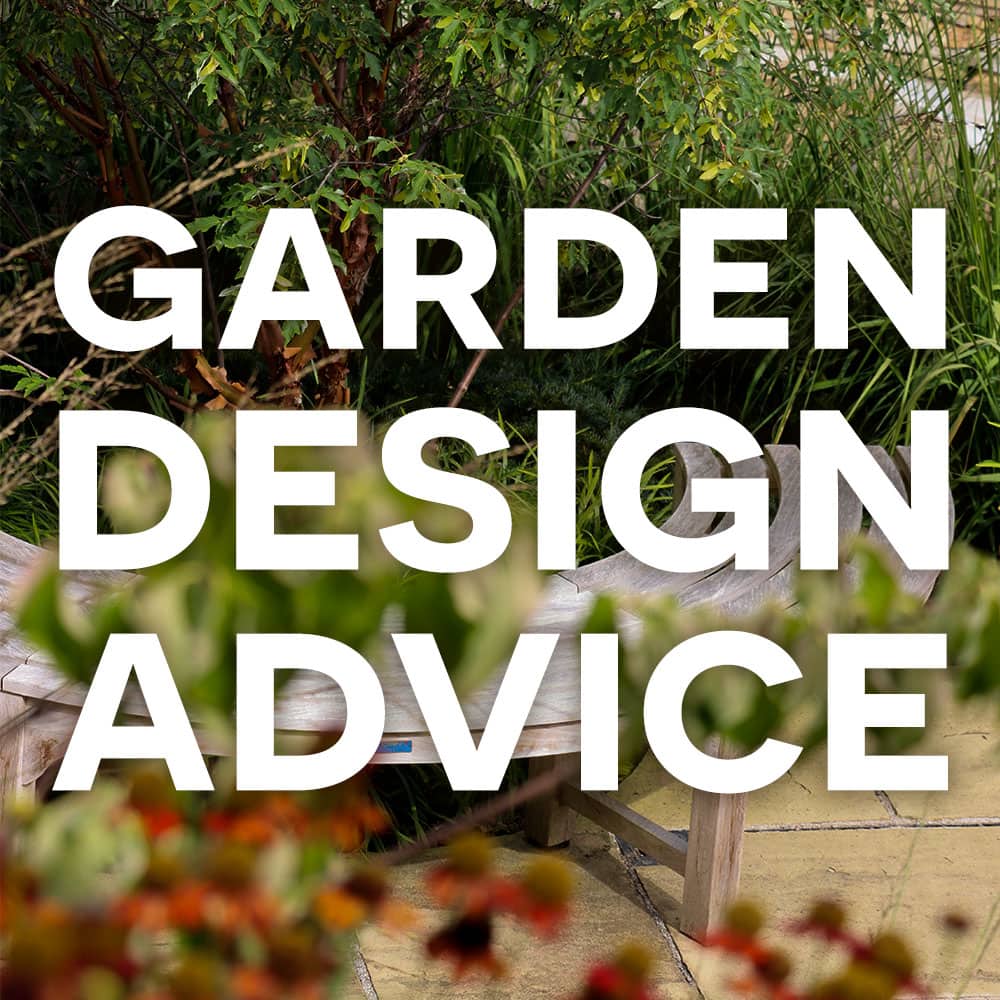What Should I Expect During the Garden Design Process?
Have you ever wondered how to transform your outdoor space into a stunning garden that reflects your personal style and meets your practical needs? The garden design process can seem daunting, but understanding what to expect can make it an exciting and rewarding journey. This article aims to demystify the garden design process, providing you with a clear roadmap from the initial consultation to the final implementation. By the end of this article, you will have a comprehensive understanding of each stage in the garden design process, ensuring you feel confident and prepared as you embark on creating your dream garden.

Why Understanding the Garden Design Process is Important
Knowing what to expect during the garden design process is crucial for several reasons. It helps you set realistic expectations, manage your budget effectively, and collaborate efficiently with your garden designer. A well-planned garden can enhance your property’s value, provide environmental benefits, and create a personal sanctuary for relaxation and enjoyment. Research from the Royal Horticultural Society (RHS) shows that gardens significantly contribute to mental well-being, biodiversity, and urban cooling. Therefore, being informed about the design process can help you make the most of these benefits.
Top 5 Questions People in your position searched on Google
1. What are the steps in the garden design process?
2. How long does the garden design process take?
3. What should I prepare before meeting a garden designer?
4. What are the costs involved in garden design?
5. How do I choose the right garden designer?
What Are the Steps in the Garden Design Process?
The garden design process typically involves several key steps that ensure a successful transformation of your outdoor space.
– Initial Consultation: The first meeting between you and the garden designer to discuss your ideas, preferences, budget, and expectations. This step sets the foundation for the entire project.
– Site Survey and Analysis: A detailed assessment of your garden’s current condition, including soil quality, sunlight exposure, drainage, and existing vegetation. This analysis helps the designer understand the potential and limitations of the site.
– Concept Development: Creation of initial design concepts and sketches based on the consultation and site analysis. These concepts provide a visual representation of the proposed ideas and layout.
– Design Proposal: A comprehensive design plan that includes detailed drawings, planting plans, and material specifications. This proposal is usually presented for your review and feedback.
– Final Design and Approval: Incorporating your feedback, the designer finalises the design plan. Once you approve it, the project moves to the implementation phase.
– Implementation: The construction and planting phase, where the design is brought to life. The designer may oversee this process to ensure the design is executed correctly.
– Aftercare and Maintenance: Post-installation support and guidance on maintaining your new garden to ensure it thrives.
How Long Does the Garden Design Process Take?
The duration of the design process can vary based on several factors.
– Project Size and Complexity: Larger and more complex projects take longer to design and implement.
– Seasonal Considerations: Certain planting and construction activities are best carried out in specific seasons.
– Client Feedback and Revisions: The time taken for reviewing and revising design proposals can impact the overall timeline.
– Contractor Availability: The availability of skilled contractors and materials can also influence the project duration.
On average, the design process can take anywhere from a few weeks to several months from initial consultation to final implementation.
What Should I Prepare Before Meeting a Garden Designer?
Preparing adequately for your initial consultation with a garden designer can help streamline the process and ensure productive discussions.
– Ideas and Inspiration: Gather images, sketches, or examples of gardens you like. This can help the designer understand your vision and preferences.
– Budget: Have a clear idea of your budget and any flexibility. This helps the designer create a realistic plan that meets your financial expectations.
– Site Information: Provide any relevant information about your garden, such as dimensions, existing features, and problem areas.
– Functional Requirements: Consider how you want to use your garden. Do you need areas for entertaining, play, or growing vegetables?
– Maintenance Preferences: Think about how much time you can dedicate to garden maintenance. This will influence the choice of plants and materials.
What Are the Costs Involved in Garden Design?
Understanding the costs involved in garden design can help you plan your budget effectively.
– Design Fees: Charges for the designer’s time and expertise in creating the design plan. This can be a flat fee or hourly rate.
– Site Survey and Analysis: Costs associated with conducting a thorough site survey, including soil tests and other assessments.
– Materials and Plants: The cost of plants, hardscaping materials (e.g., paving, decking), and other garden features.
– Construction and Installation: Labor costs for building and planting the garden, including any specialist contractors.
– Project Management: Fees for managing the project to ensure it is completed on time and within budget.
– Maintenance: Ongoing costs for maintaining the garden, such as pruning, fertilizing, and pest control.
It’s essential to discuss all potential costs with your garden designer upfront to avoid any surprises later on.
How Do I Choose the Right Garden Designer?
Selecting the right garden designer is crucial for the success of your project.
– Portfolio and Style: Review the designer’s previous work to see if their style aligns with your vision.
– Qualifications and Experience: Check their credentials and experience in the field. A well-qualified designer will bring valuable expertise to your project.
– Client Reviews and References: Look for feedback from previous clients to gauge their reliability and quality of work.
– Communication Skills: Ensure the designer listens to your needs and communicates effectively throughout the process.
– Budget and Pricing: Choose a designer who is transparent about costs and can work within your budget.
Consider the case of a couple near Cawthorne, Barnsley who wanted to redesign their large country garden. They hired a garden designer who took the time to understand their preferences for a low-maintenance, wildlife-friendly garden. The designer’s detailed site analysis revealed poor soil quality, which was addressed by incorporating raised beds with rich compost. The final design included native plants, a small water feature, and seating areas. The couple were thrilled with the transformation, and the garden became a haven for local wildlife.
What are your main goals for your garden design project? Share your thoughts and experiences in the comments below! For more inspiration and tips, read our article on [low-maintenance garden design](https://www.bestall.co).
Key Takeaways
– The garden design process involves several steps, including initial consultation, site survey, concept development, design proposal, final design, implementation, and aftercare.
– The duration of the process varies based on project size, complexity, seasonal considerations, and client feedback.
– Preparing adequately for the initial consultation can streamline the process and ensure productive discussions.
– Understanding the costs involved in garden design helps in effective budget management.
– Choosing the right garden designer involves reviewing their portfolio, qualifications, client reviews, communication skills, and pricing.
Embarking on a garden design project is an exciting journey that can transform your outdoor space into a personal oasis. By understanding the design process and working closely with a professional garden designer, you can create a beautiful, functional, and sustainable garden that enhances your lifestyle.
Ready to start your garden transformation? Visit our gallery pages for more inspiration or why not check out our Pinterest account here?
First published August 2024.
Lee Bestall
Founder & Design Director at Bestall & Co Landscape Design, a practice recognised as one of the best garden design companies in the North & Midlands of England. Lee's objective in life is to facilitate the design and build of fabulous gardens and sculpt beautiful landscapes which enhance the natural beauty of the world, as well as transforming the world his clients live in. "My personal mission is to design my own park or village based around a central courtyard garden. My goal in business is to create a nationwide design consultancy which can support my dream." Read more >> or Connect with Lee on LinkedIn >>



